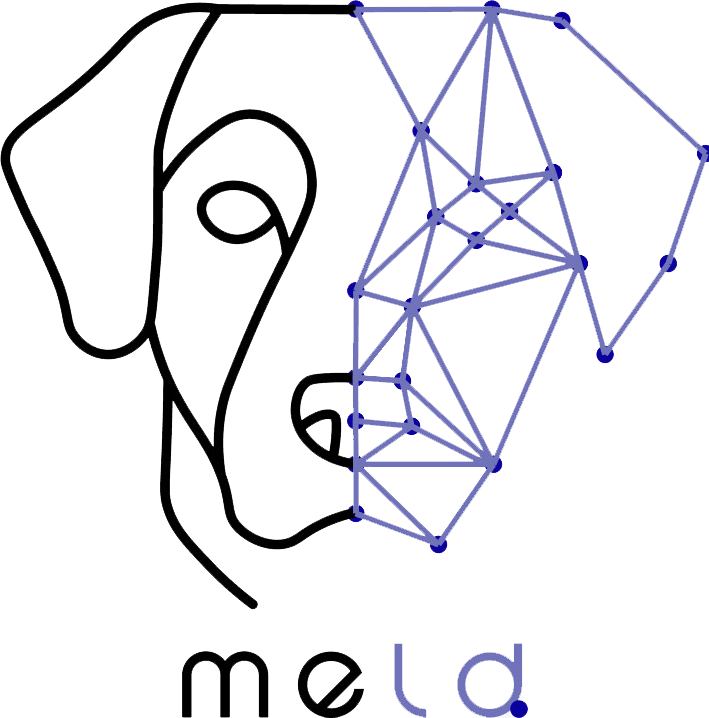This research develops an automated method to analyze the continuous facial dynamics of dogs using video-based tracking of 46 facial landmarks. The study specifically compares the facial behavior of brachycephalic (Boston Terrier) and normocephalic (Jack Russell Terrier) dogs across four different contexts, eliciting both positive and negative emotional states. Findings reveal that brachycephalic dogs consistently exhibit lower facial dynamics across all contexts and facial regions compared to normocephalic dogs. The authors also discuss the implications of these findings for understanding canine communication and how skull shape might affect human interpretation of dog emotions, highlighting their method’s value in providing objective insights. This automated approach aims to overcome the limitations of traditional, manual facial coding systems by offering a continuous and less biased measurement of dog facial expressions.
Non-Invasive Computer Vision-Based Fruit Fly Larvae Differentiation: Ceratitis capitata and Bactrocera zonata
This paper proposes a novel, non-invasive method using computer vision

